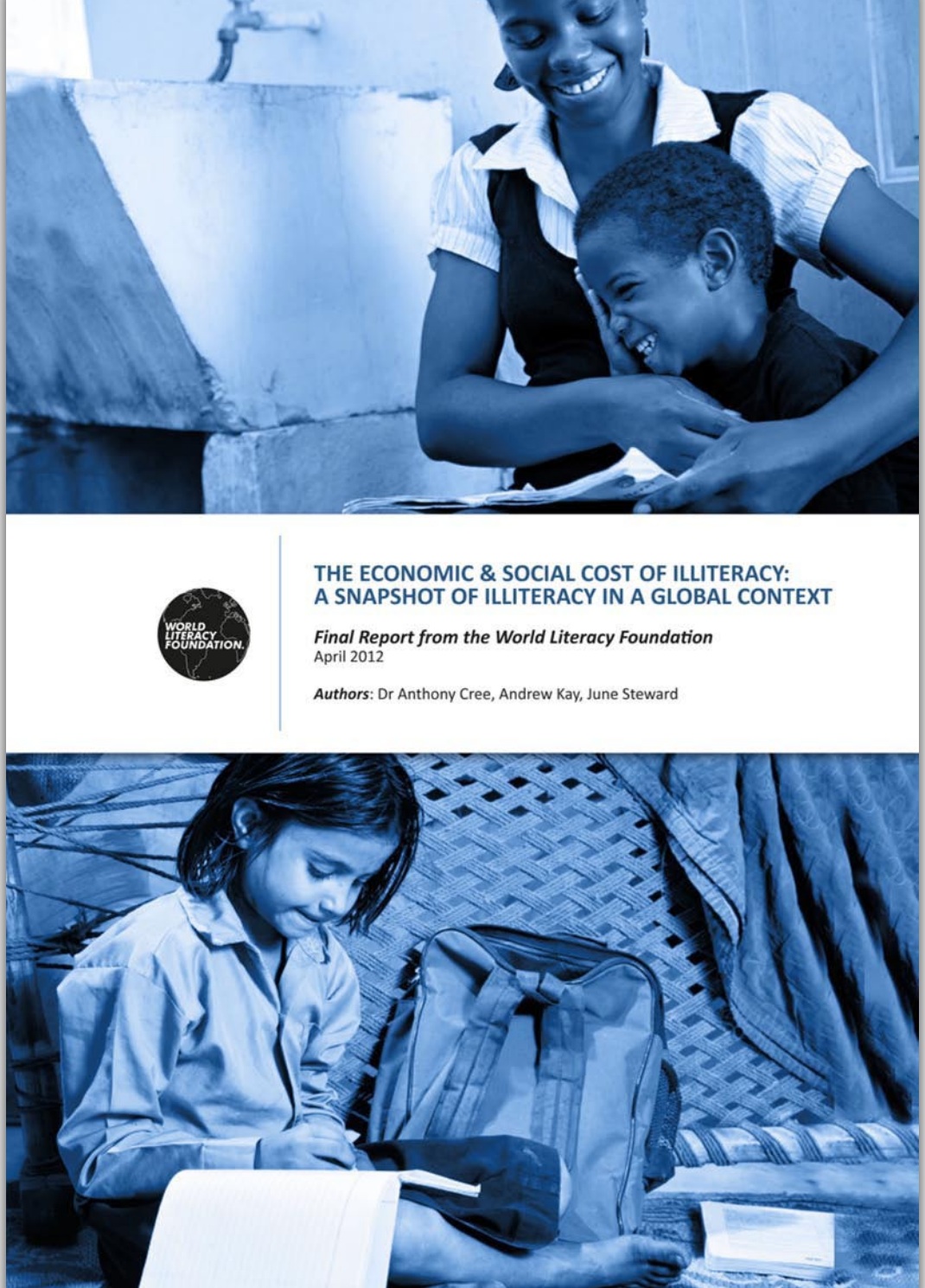Access to Literacy and Sustainable Societies
Submitted by Ellen Hall on Sep 08, 2015

The celebrations for this year’s World Literacy Day are based around the theme Literacy and Sustainable Societies. There is much to celebrate. Over the last 25 years global rates of adult literacy have significantly increased. However, the same cannot be said for individuals who rely on braille devices or other assistive technologies to access, and sustain access, to literacy.
World Literacy Day was first proclaimed by the United Nations, Education, Science and Cultural Organization (UNESCO) in 1965 to draw attention to the importance of literacy to individuals and society. It could be argued that world-wide no agency has done more to establish literacy is a basic human right, and the foundation for social and economic development.
The impact of World Literacy Day and other UNESCO literacy initiatives that include: International Literacy Year in 1990, Education for All (EFA) in 2000, and the United Nations Literacy Decade (UNLD) 2003-2012 are measurable. In 1990 it was estimated that 900 million adult men and women (close to 3 times the population of the United States) did not have the skills basic skills to read or write.
Today it is estimated that 757 million adults still lack basic literacy skills, and the majority, 64 percent, are women. While the increase in the global rates of literacy are encouraging, a 2012 World Literacy Foundation report concluded at the end of UNLD provided some sobering statistics. The number of out-of-school children and adolescents is on the rise, and approximately 250 million children who are in school are not learning basic literacy skills.
The World Literacy Report also examined the social impact a lack of literacy skills has on communities in both developed and developing countries, and found that all countries share the same correlations between low levels of literacy and: poverty, unemployment, long term illness, dependence on welfare or charity, social exclusion, and crime.
In addition, the report calculated that low levels of literacy cost the global economy 1.9 trillion (USD) dollars each year in lost wealth creation opportunities, and lost earnings in business productivity. The economic cost to the United States alone is estimated to be 300 billion dollars. Further, although many countries set national EFA goals in 2000 of increasing the rate of adult literacy 50 percent by 2015, China is one of only a handful of countries close to meeting their goal.
In contrast to increasing global rates of literacy between 1990 and 2012, the National Federation of Blind in 2009 estimated that in the US, the numbers of children who are blind and use braille to access literacy is decreasing. In addition, there is an emerging group of baby boomers in the US, and in other countries, experiencing age-related blindness and vision loss due to macular degeneration, diabetes, and other diseases. Although the vast majority of this group have literacy skills, an increasing number are losing touch with literacy because they cannot afford to purchase, and/or do not have the training to use the devices they need to be able to read.
